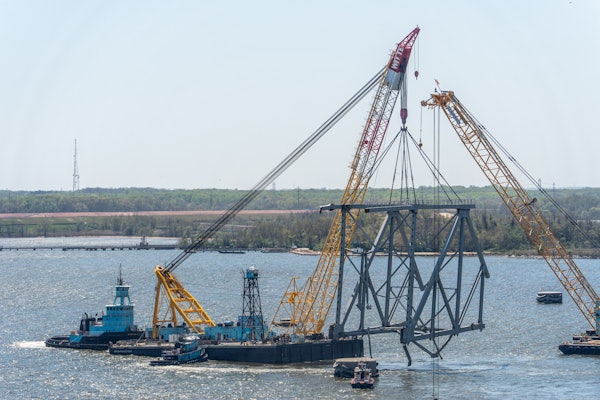Support your local voluntary effort

The unevenness strikes you as you look at the number of Diesel Emissions Reduction Act awards that go to construction entities. As we’ll report next month, these EPA-administrated awards are designed to fund emission reduction strategies for the millions of diesel engines currently in use. A variety of agencies – including non-profits and state and local governments – vie for these funds each year, and as of press time, were anxiously awaiting word on whether their 2009/2010 proposals would be included in the next round of funding.
When you consider the number of diesel engines now in existence across a wide swath of industries – including locomotive, marine, on-road trucks and port operations – the challenge of funding a teaspoon of desired emission reductions under the DERA program is daunting. Even so, off-road equipment currently is not even getting a fraction of its fair share of this funding.
By determining construction’s “fair share,” let’s take a step back.
By EPA’s accounting, off-road diesel emissions make up a significant portion of the nation’s total mobile source emissions. In an October 2009 report to Congress, EPA said off-road diesels accounted for 21 percent of nitrogen oxide mobile source emissions in the country. EPA says off-road engines are an even worse offender on the particulate matter side, accounting nationally for 38 percent of directly emitted PM2.5 mobile source emissions.
So it stands to reason that off-road equipment would get priority position when it came to doling out DERA dollars, right? The awards to date, however, don’t reflect this. In 2008, DERA’s first year of national grant funding, two-thirds of the vehicles addressed were school buses and line-haul trucks. Of the more than 14,000 vehicles funded, only 865 were construction machines.
With so many industrial segments involved, the competition for this money is fierce.
The program got an extra shot of $156 million in stimulus money in 2009, but the money given to construction still lags. Although construction equipment was included in several multi-segment grants, project awards directed solely at construction added up to $7.8 million, or just 5 percent of the total. Hmmm … a segment that’s said to significantly contribute to the production of 38 percent of the nation’s particulate matter emissions gets 5 percent of the funds aimed in part at reducing those emissions?
But don’t think this discrepancy is all in EPA’s court. While some groups such as the Associated General Contractors of America are savvy about these funds, many contractors are completely unaware they exist. With so many industrial segments involved, the competition for this money is fierce. Your company must partner with associations, vendors and government agencies to even get a few machines put on a grant list. And as with any government program, you must understand the paperwork hoops and have lots of patience.
The effort is worth it, however. As opposed to the California Air Resources Board’s off-road rules, DERA money goes to voluntary efforts, and pays for up to 100 percent of the recommended emissions-reduction remedy. Plus participating puts you in the good guy column, not a bad position to be when a state air resources entity starts examining ways to reduce emissions. EW












